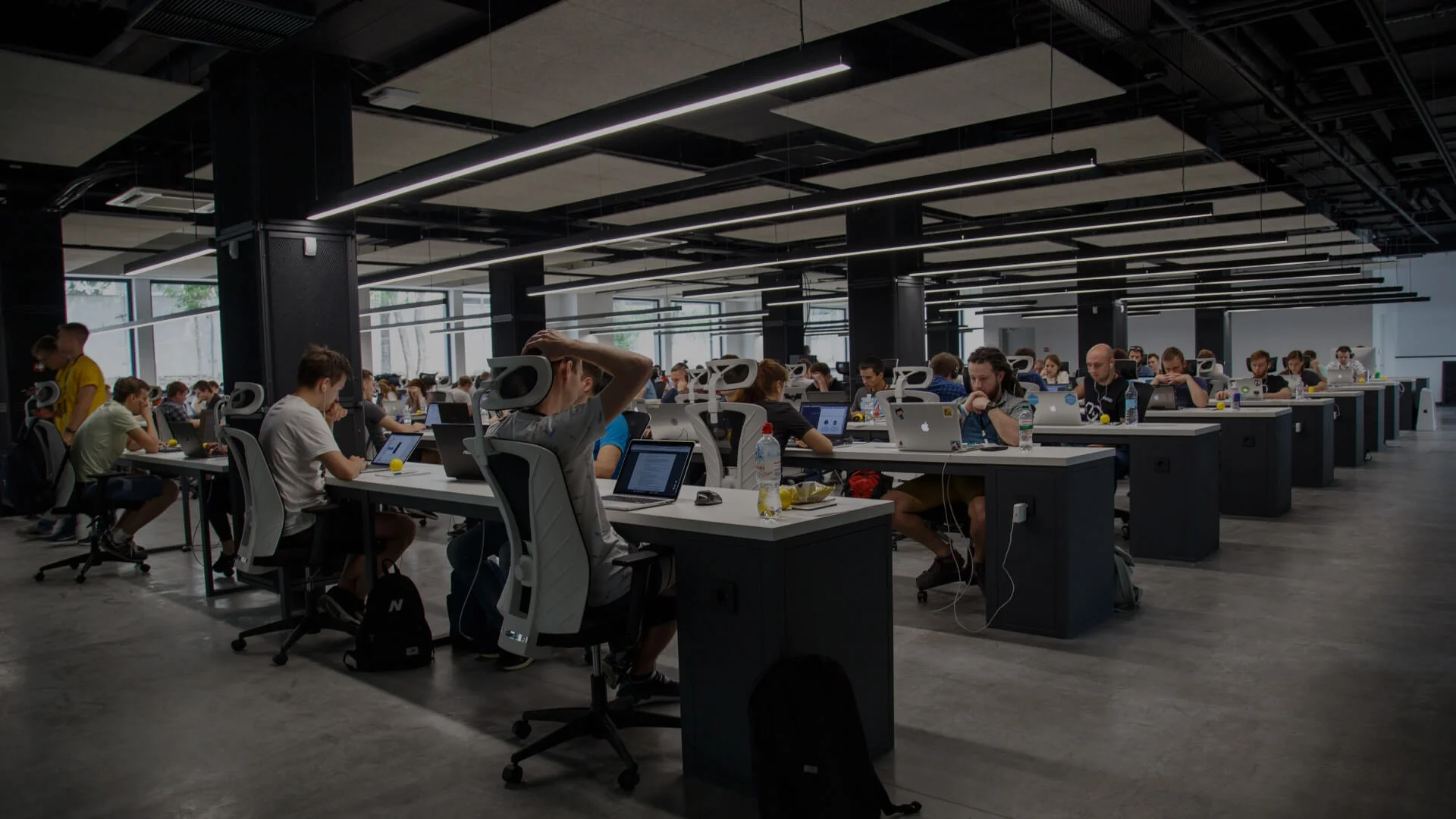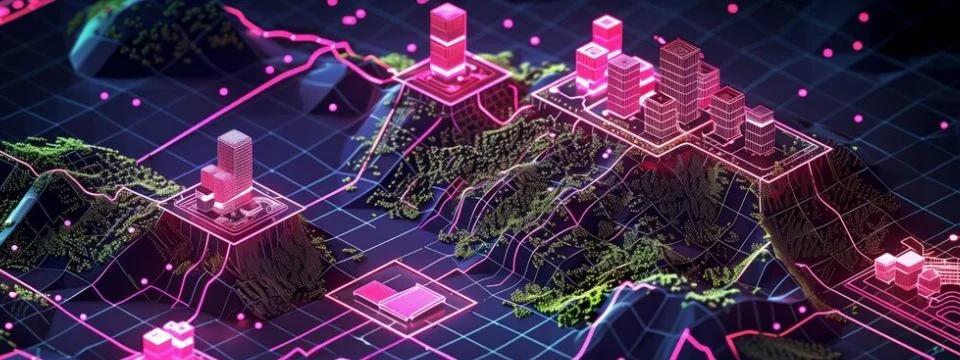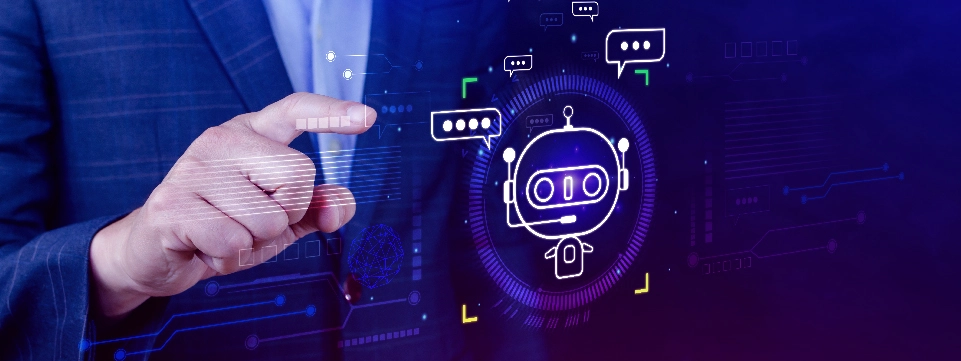Leading Artificial Intelligence and Machine Learning Software Development Company
Making Technology Transformations Simple
When it comes to software and IT solutions, we make the complex simple. Since 1998, Xorbix Technologies, Inc. has developed customized software and delivered IT expertise that unlock your business’ full potential. We help you implement the right solutions today and quickly adapt to the ever-changing tech landscape of tomorrow.
Your
Technology
Solutions
Partner
Xorbix
Services
-
Software Advisory
-
Software Development
-
Managed Software As A Service
-
Databricks Practice
-
IT Consulting & Placement
-
Product Development
Xorbix
Services
Vision & Mission
Our goal is to build consumer-focused software that inspires users to download and use your solution.
Strategy Development
Create a full-scope software strategy that establishes your audience identifies, the problems this software solves, determines your competition and more.
Software Life Cycle Management
Create a full-scope software strategy that establishes your audience identifies, the problems this software solves, determines your competition and more.
Marketing & Sales
Decide how to precise your software, include ads, and develop a marketing plan to attract the right buyers to your solution.
Onboarding
Develop training oppurtunities and build resources, such as videos, so end users can confidently start using your solution.
Maintenance & Support
Build a plan to maintain existing features, add enhancements and improve the functionality to continuously attract more users and inspire more downloads.
Software RoadMap
Our time-tested road map guides you through every step of a successful software implementation, from concept through launch and beyond.
Custom Software
Discover our extensive software development service tailored to meet your specific business needs and objectives. We specialize in custom software solution development that integrates cutting-edge technologies like artificial intelligence and machine learning, ensuring superior performance, scalability, and user satisfaction. With a focus on bespoke software development and flexible software design, we develop custom software that evolves with your business. Partner with our software development services company for tailored solutions, advanced technology integration, and exceptional user experiences.
Mobile Applications
Experience top-tier mobile application development services from Xorbix. As a leading provider of custom mobile app development, we specialize in crafting intuitive and reliable mobile apps for all mobile platforms including iOS and Android. Our cost-effective solutions prioritize user-centric design, delivering custom mobile applications that exceed expectations.
Enterprise Application Integration
Streamline your business operations and enhance efficiency with our Enterprise Application Integration (EAI) solutions. We specialize in seamlessly integrating disparate systems, allowing your organization to leverage real-time data and optimize processes.
What is MSaaS
Managed Software as a Service is the process of outsourcing the support, maintenance, and enhancement of existing software applications along with the development of new software
applications.
Benefits
Lower cost, reliable support, knowledge repository governance, onboarding management, and getting your key resources available to work on engineering and solution development.
Managed Software As A Service
· Application Monitoring & Operations
· Application Support & Service Requests
· Platform Management & Governance
· Change Requests Application & Development
Managed Software As A Service Tiers
· Tier 1
· Tier 2
· Tier 3
Managed Software As A Service Framework
· Transition Plan
· Knowledge Transition
· SLA Monitoring
· Governance
Critical Success Criteria
· Collaboration with Business
· Change Management· Sustenance
· Team Building
· Institutional Knowledge
· Governance
Databricks AI & Analytics
Uncover the full potential of your data assets with our expertise in Databricks. We guide you through leveraging the high-performance Databricks infrastructure for cutting-edge AI, machine learning, and data analytics. Enhance your analytics with the Databricks Spark Engine, known for its unparalleled data processing speed, and benefit from the real-time data reliability of Databricks Delta Live Tables.
Data Migration To Cloud
Migrate from on-premises storage to cloud-based solutions with ease, utilizing our tailored framework that simplifies the move to Azure Databricks, Google Cloud Databricks, and AWS Databricks. Our experts are dedicated to ensuring a secure, cost-effective transition that will amplify your data’s scalability and accessibility.
Data Modernization
Revolutionize your data strategy with our modernization services, utilizing the state-of-the-art Databricks architecture to unify and integrate disparate data sources. Transition into a future where Delta Lake Databricks becomes the backbone of your data operations, enabling robust analytics and AI capabilities.
Data Pipeline Implementation
Architect high performance, low-latency data pipelines that are finely tuned to feed into the Databricks Lakehouse Platform, leveraging the efficiency of Databricks Spark for lightning-fast data processing. Our solutions ensure that your data is not only accessible in real-time but also prepared for the sophisticated analytics that drive your business forward.
Lakehouse Implementation
Modernize your data ecosystem with our Lakehouse implementation services, where the innovative Databricks Lakehouse architecture combines the flexibility of data lakes with the power of data warehouses. This approach ensures scalable analytics and AI-driven insights across your entire data landscape.
Software RoadMap
Our time-tested road map guides you through every step of a successful software implementation, from concept through launch and beyond.
Staff Augmentation
Add the specialized skills you need to temporarily supplement your existing staff and keep moving your business forward without getting slowed down by the hiring process.
Managed teams
Ensure all of your software applications are running smoothly and your audience is having a great user experience without adding personnel or taking on the burden of support.
Dedicated Team Augmentation
Partner with our dedicated team of engineers andprogrammers to develop the solutions that will have an immediate impact on your business.
Software Advisory
We share our expertise in building our own software products, from strategy to development and launch, to create a product that will succeed in the marketplace.
Product Strategy
Create a full-scope software strategy that establishes your audience, identifies the problems this software solves, determines your competition and more.
Discovery
Our holistic approach to product development starts with an in-depth discovery of your organization’s challenges and goals.
UI\UX Design
We take a user-centric approach to design, develop and launch products that solve your challenges with a design that people love using.
Product Architecture
We organize all the elements of your product, then map out how each element will integrate or interact with each other to create a seamless flow through your solution.
Product Development
We’ve spent more than two decades building software products that have been downloaded millions of times by users all around the world.
Product Quality Assurance
We check each feature, database and backend system to ensure your solution is aesthetically pleasing, easy to navigate, responsive and aligned with your business goals.
Product Configuration & Release
We manage configuring your product and releasing it to the market, including setting up accounts and launching it to your selected platforms.
Go Live
Develop a thorough rollout plan to officially make your product available to end users.
Managed Services
Once your product is up and running, we can maintain, update and support the solution to ensure your users have the best experience possible.
OUR CLIENTS

xorbix
at a
glance
Millions+ of Users Served
250+ Clients Served
500+ Projects Completed
25+ Years In Business
XORBIX AT A GLANCE
Millions+ of Users Served
250+ Clients Served
500+ Projects Completed
25+ Years In Business
industries









testimonials
Xorbix really cares about the quality of the work that they’re doing, and making sure that they’re delivering on every thing they’ve promised.
Xorbix has all of the expertise you could ever want.
They were extremely professional in the way they brought a proposal forward, the cost was reasonable, and then they really delivered on each aspect of that proposal.
Xorbix really went above and beyond to make sure we created something that was not only user friendly for our shop floor, but also worked nicely alongside our ERP system.
I want to just take a moment to talk about the integrity of the organization. A lot of companies say they do everything that the client needs. Not all of them do. Xorbix does.
Let’s Start a Conversation
Request a Personalized Demo of Xorbix’s Solutions and Services
Discover how our expertise can drive innovation and efficiency in your projects. Whether you’re looking to harness the power of AI, streamline software development, or transform your data into actionable insights, our tailored demos will showcase the potential of our solutions and services to meet your unique needs.
Take the First Step
Connect with our team today by filling out your project information.
Address
802 N. Pinyon Ct,
Hartland, WI 53029
Billing Inquiries
(866) 568-8615
Information and Sales
info@xorbix.com




